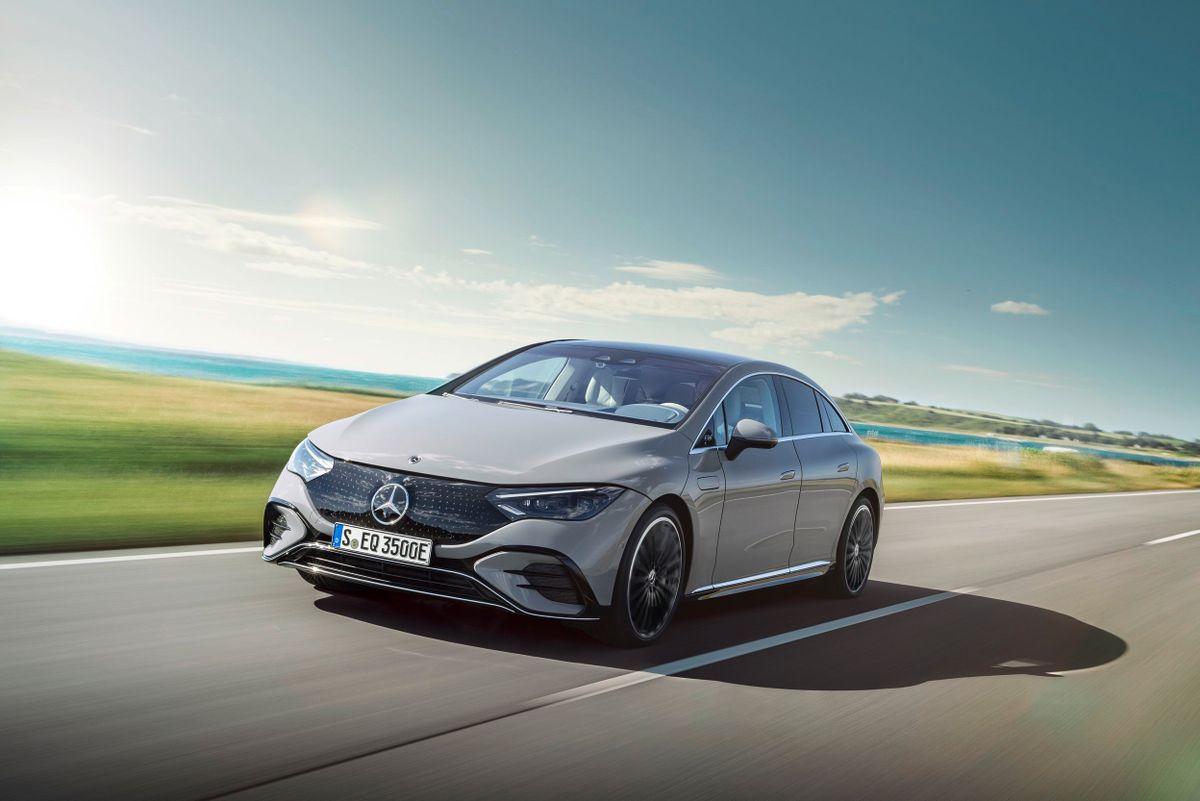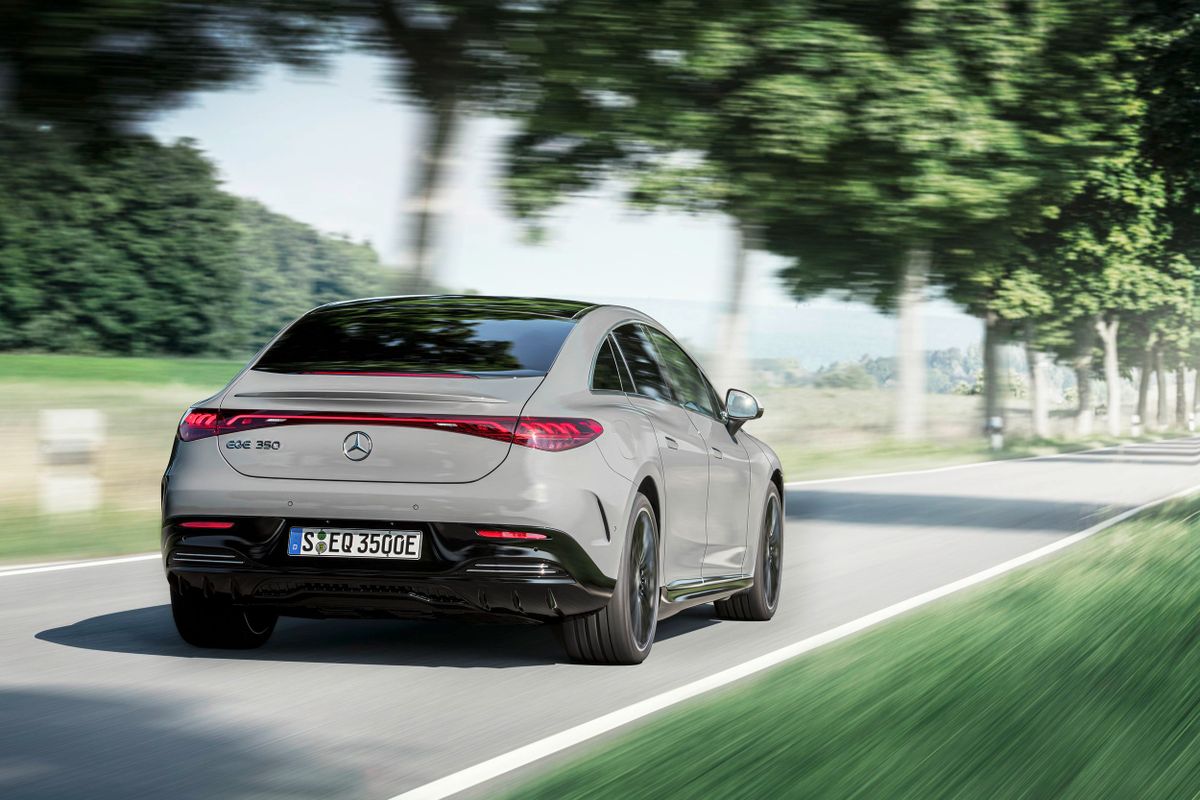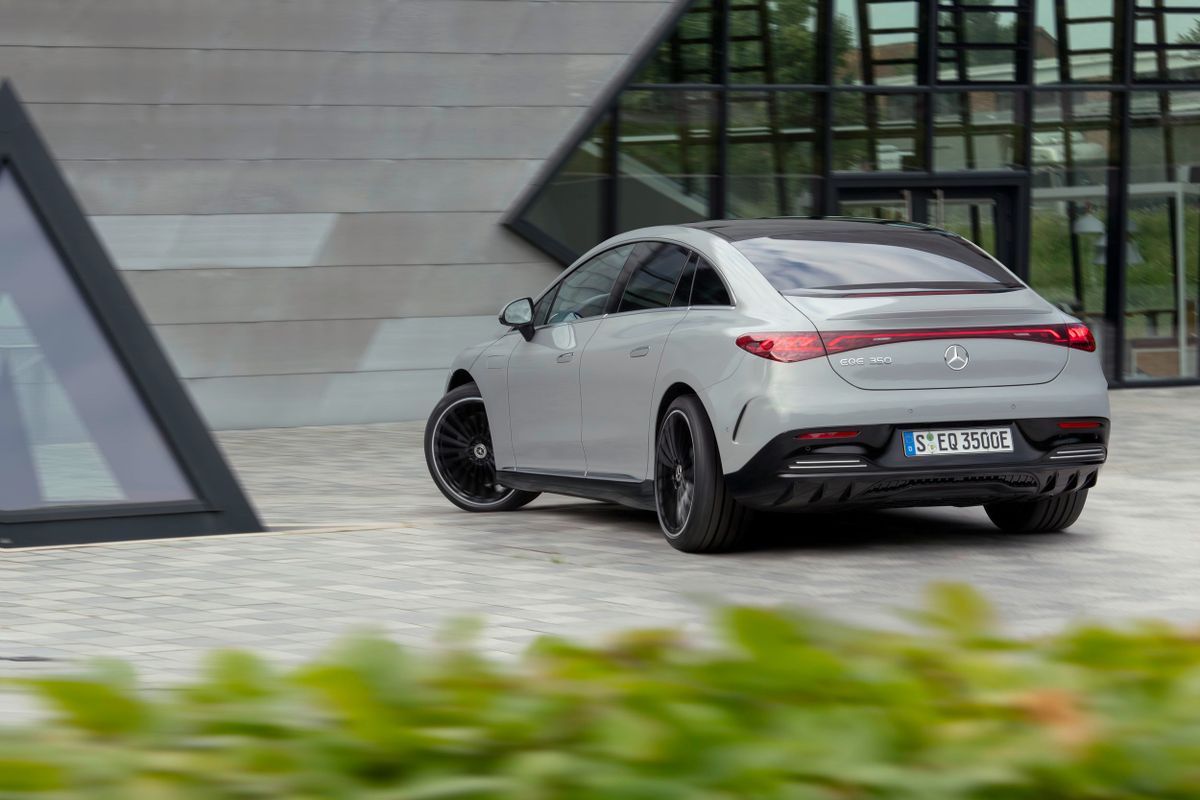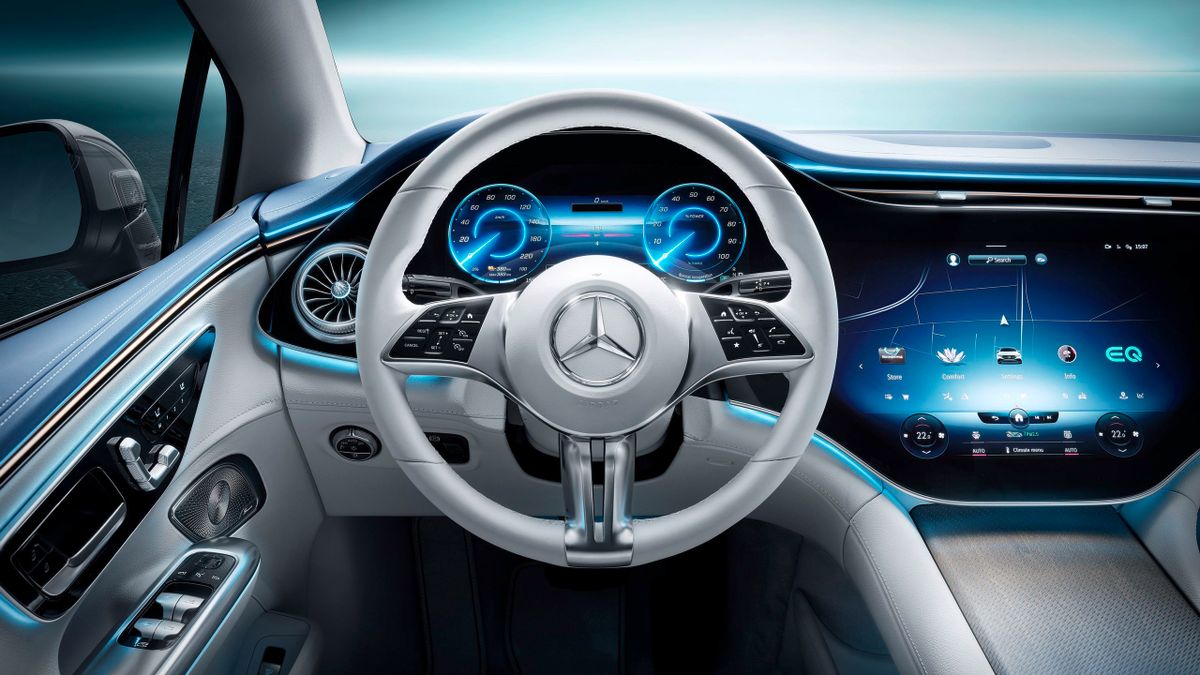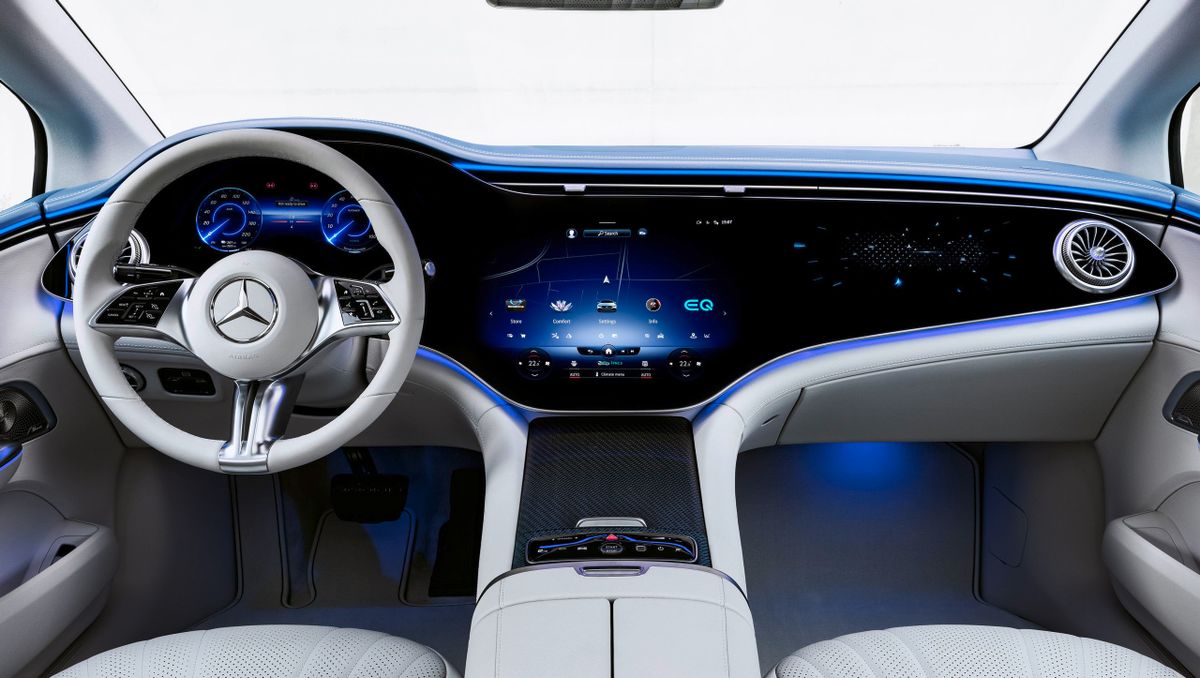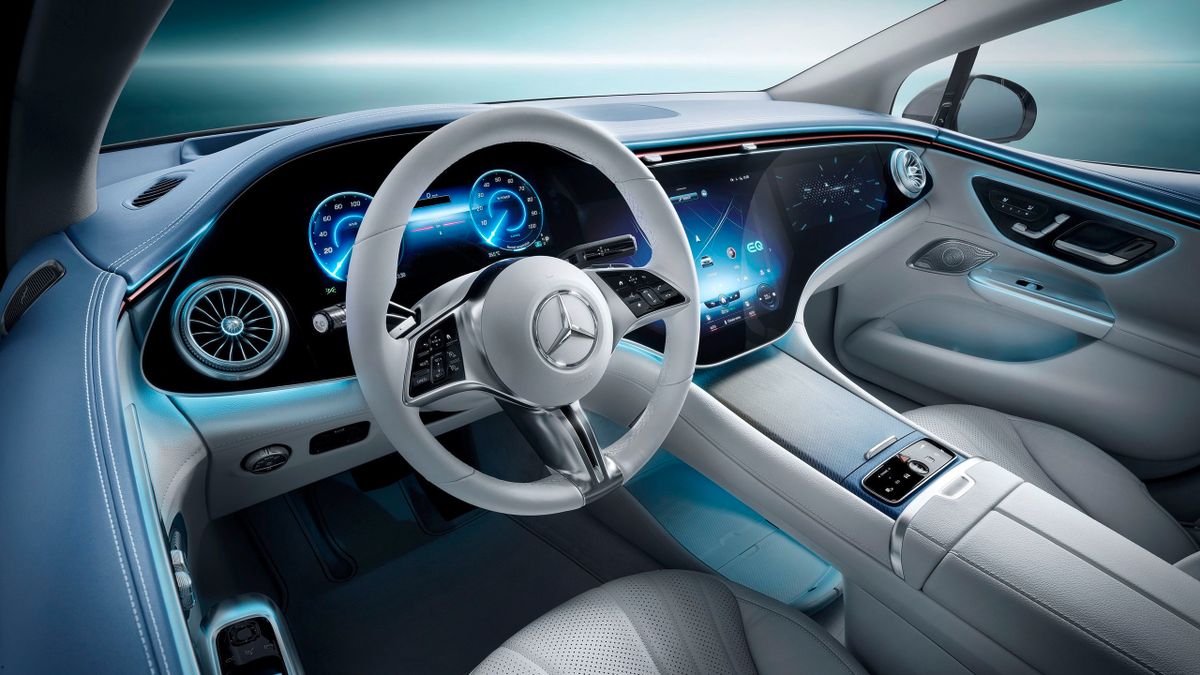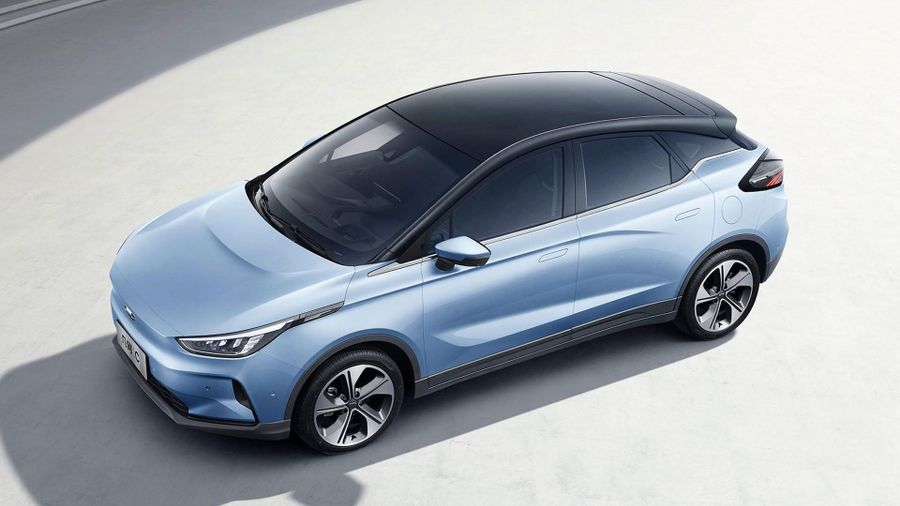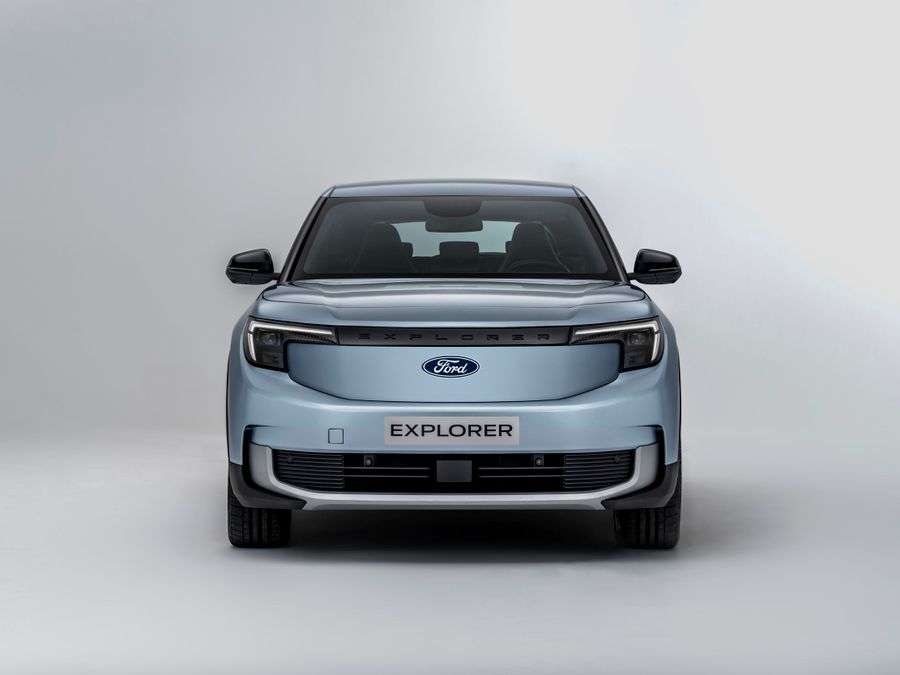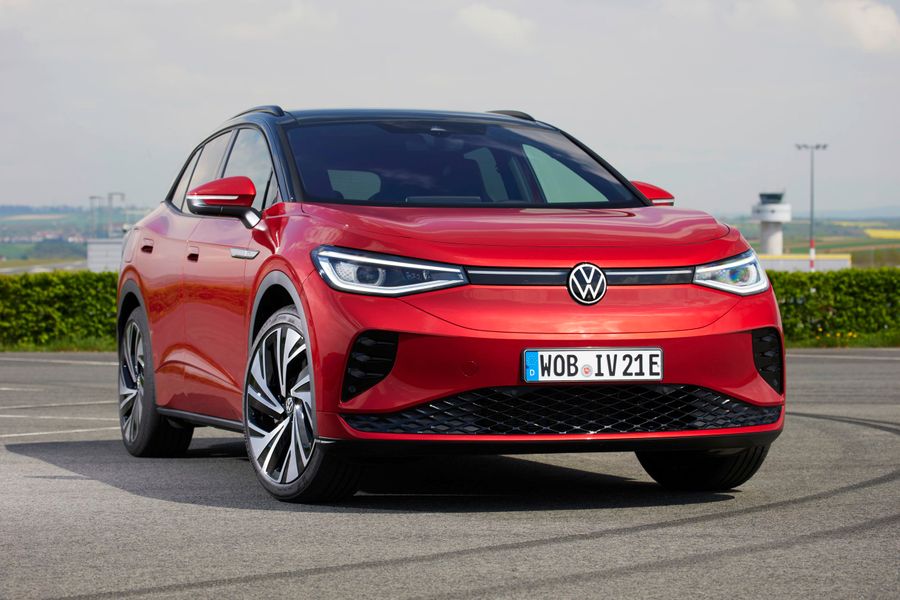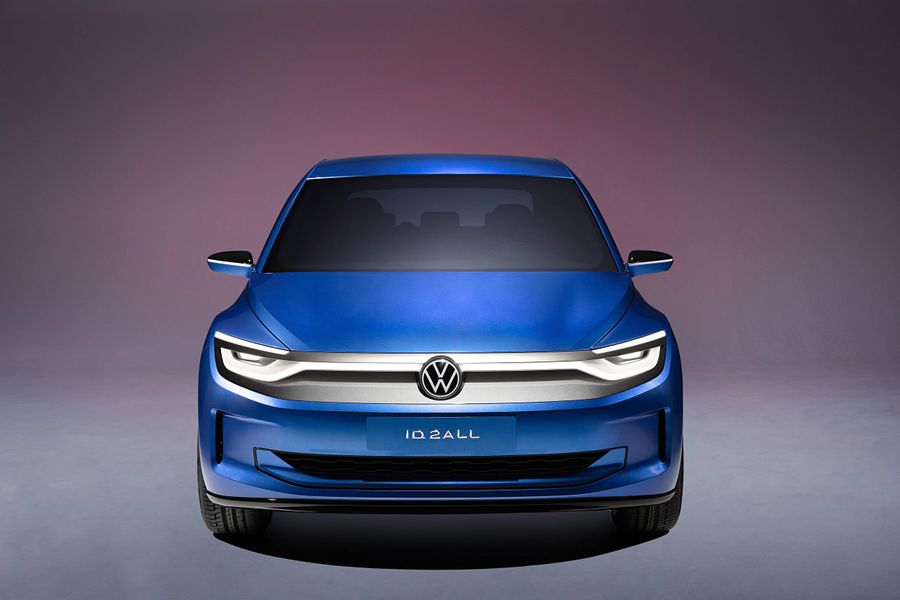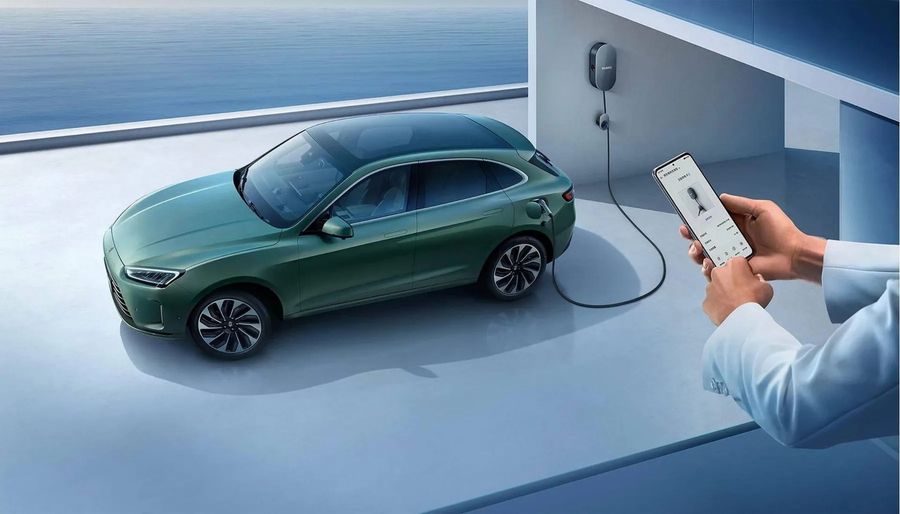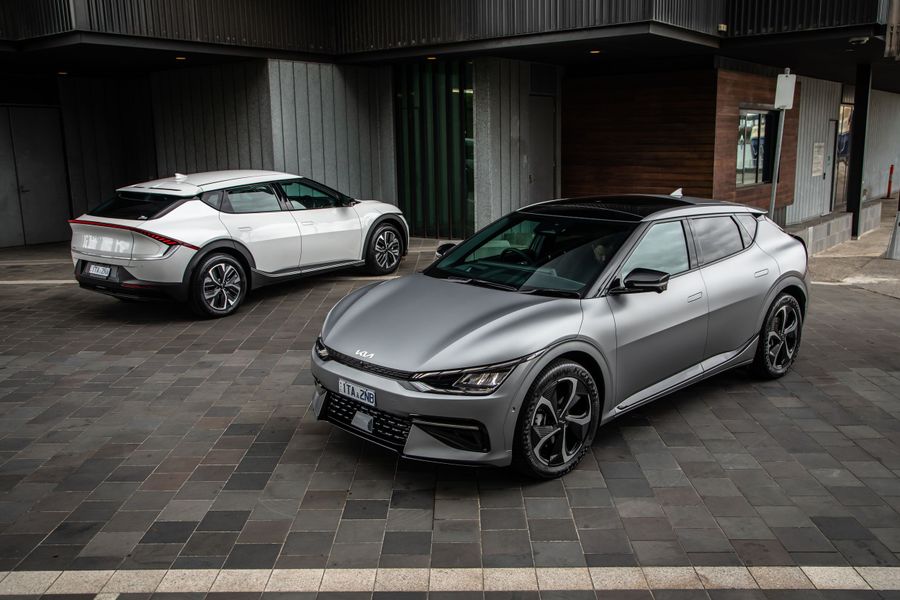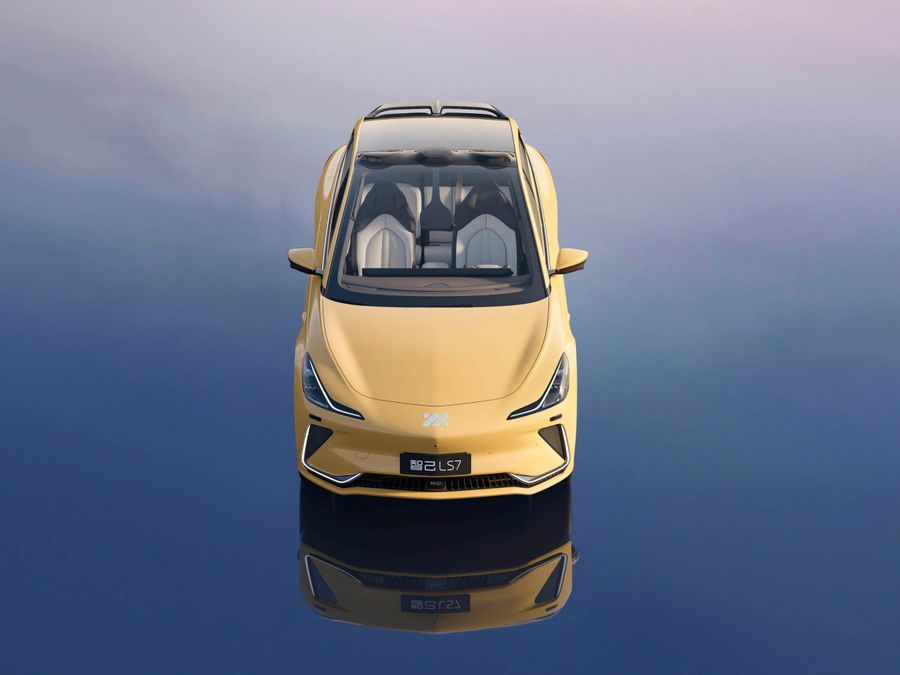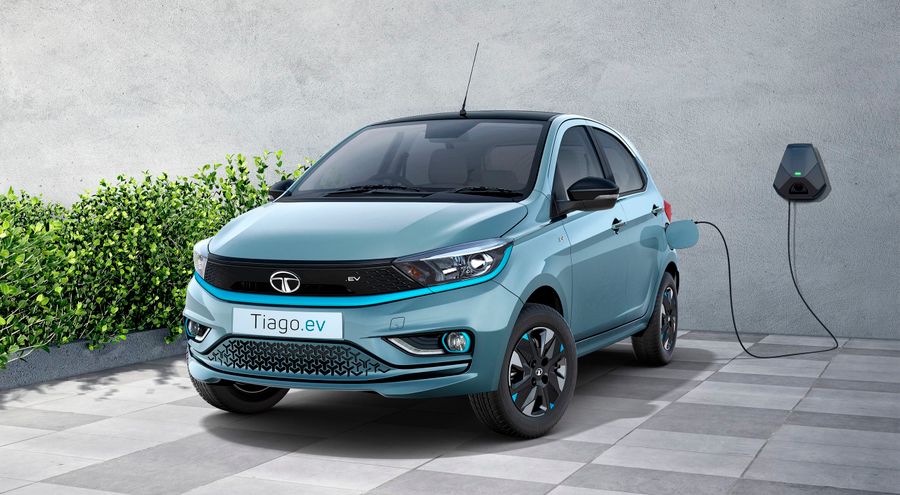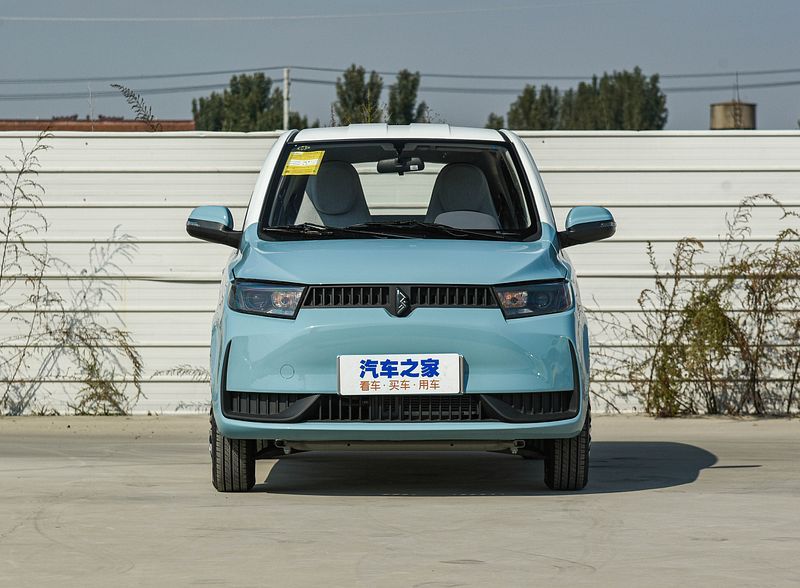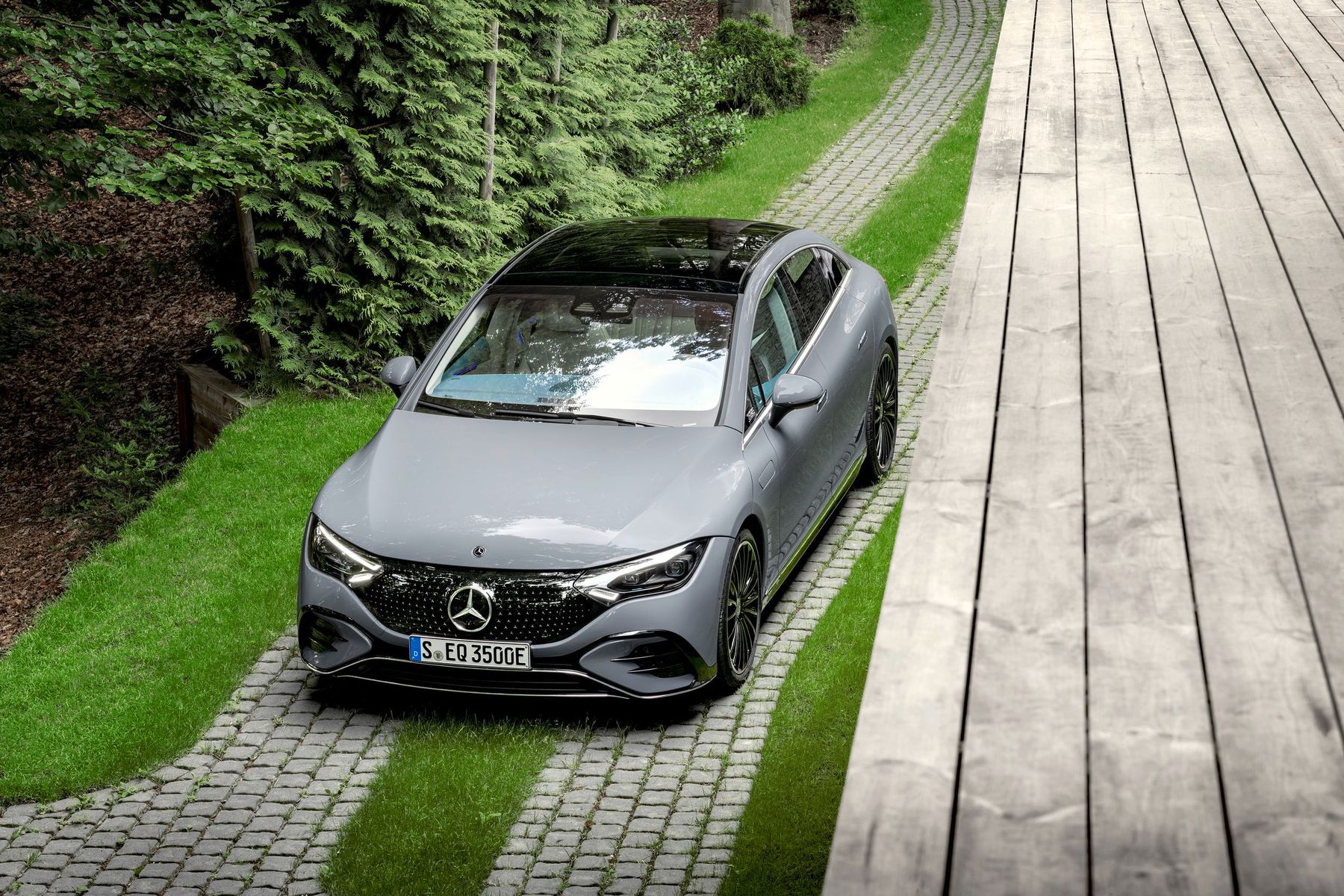
Mercedes EQE. Excellent alternative
The Mercedes EQE is an E-Class 4-door 5-seater electric sedan to be released in 2022. It was officially unveiled at the 2021 Munich Motor Show. This is another representative of the EQ electric family. As a reminder, Israeli buyers can currently purchase such Mercedes electric SUVs as the compact EQA or the mid-size EQC (as of 2021). The new electric car will be produced by factories in Bremen (for the world market) and in Beijing (for China). The start of sales is scheduled for mid-2022. The cost of the new model, which will become an alternative to the usual E-Class, is still unknown.
But for now, it’s safe to say that if you like the flagship EQS electric liftback, but are confused by its rather big price, then the new EQE electric sedan will become its more affordable replacement. Yes, it is slightly smaller, but it is built on the same platform, and its cost compared to the EQS will undoubtedly be lower.
The first generation
The new Mercedes EQE is built on the EVA2 platform and is essentially the younger brother of the flagship EQS electric liftback. It even looks quite similar, but at the same time it is a sedan, not a liftback. The sedan is 4,946 mm long (270 mm less in comparison with the EQS), 1,961 mm wide (+35 mm wider) and 1,512 mm wider (the same). The wheelbase is shorter than that of the EQS, by as much as 90 mm and is 3,120 mm. The trunk holds 430 liters. At the same time, due to the absence of an internal combustion engine, Mercedes was able to expand the internal space of the EQE in comparison with the existing representatives of the E-Class. This means that the passengers and the driver of the electric sedan will have more space to feel comfortable inside the car.
Exterior
And despite the fact that the new Mercedes EQE looks less impressive than the EQS liftback, it is a classic sedan, which is especially important for some people. At the same time, the aerodynamic design characteristic of electric Mercedes-Benz has been retained. The EQE features narrow headlights, original 19 or 20-inch wheels, as well as a proprietary AMG body kit, thanks to which the drag coefficient is only 0.2.
Interior
In terms of interior space, the 2021/2022 Mercedes EQE is ahead of its ‘family member’ E-Class, or at least that’s what the manufacturer claims. In particular, the EQE is 80 mm longer. Like its older sibling EQS, the newcomer is equipped with a curved MBUX Hyperscreen, albeit optional. This (let’s not be afraid of this word) fantastic hyperscreen combines the dashboard, infotainment module and OLED display for the front passenger. The total width of the structure with integrated turbine deflectors reaches 141 cm. But, once again, this can be installed on the new EQE only for a surcharge. The new EQE comes standard with a 12.8-inch OLED screen.
The list of options also includes digital headlights-projectors with a resolution of 1.3 million pixels per headlamp, controlled rear axle in two versions (with wheel deflection up to 4.5 and up to 10 degrees), and a windshield projector based on a micromirror processor (1.3 million mirrors). A number of features can be accessed over the air, for example, this applied to the special Roaring Pulse sound, modes for young drivers and mini-games. You can also personalize the digital head light with different animations. The entry-level Mercedes EQE is equipped with a number of active safety systems, which include automatic emergency braking, head optics control, collision avoidance system, as well as lane departure warning and side impact prevention, blind spot monitoring system and traffic sign recognition system.
Powertrains and chassis
The simplest modification, Mercedes EQE 350, is equipped with one electric motor mounted on the rear axle, generating 214 kW (292 hp) and 530 Nm. Such a car will be able to accelerate from 0 to 100 km/h in just over 5.5 seconds. A permanent magnet synchronous motor with two three phase windings is included in the eATS module. The battery with a capacity of 90 kW/h provides a driving range from 545 to 660 km (WLTP cycle), depending on the configuration. The battery has cells with optimized chemical elements (nickel, cobalt and manganese are contained in a ratio of 8:1:1). It is possible to update the power management software ‘over the air’. Later, the manufacturer plans to release a ‘charged’ version with a capacity of about 500 kW (680 hp) and an all-wheel drive version with the eATS module at the front.
The entry-level EQE is rear-wheel drive and uses a 90 kWh battery pack that allows you to travel up to 660 km without recharging.
At the DC charging station, it will take you 15 minutes to get energy for 250 km. Charging from an AC network is also provided. A special on-board charger has a power of 11 kW (as an option - 22 kW). The battery can be fully charged in 8 hours and 15 minutes (4 hours and 15 minutes, respectively). Charging from a DC station at a power of up to 170 kW takes 32 minutes (from 10% to 80%).
The driver can choose from three levels of recuperation when the accelerator pedal is released, or turn on the automatic level selection mode, at which the electronics will adjust it based on the traffic situation. Electric Intelligence navigation will select the best route for you, taking into account access to charging stations. The battery’s thermal control system also contributes to energy saving, in which heat derived from electrical components is used to heat the passenger compartment in the cold season. There are also three driving modes to choose from (Sport, Eco and Individual).
The car comes with a four-link front suspension and a multi-link rear suspension. There is an optional Airmatic ADS+ adaptive pneumatic suspension. At speeds above 120 km/h, it reduces the ground clearance by 20 mm. At low speeds (up to 40 km/h), by pressing a button, the car can be raised 25 mm from the center position.


